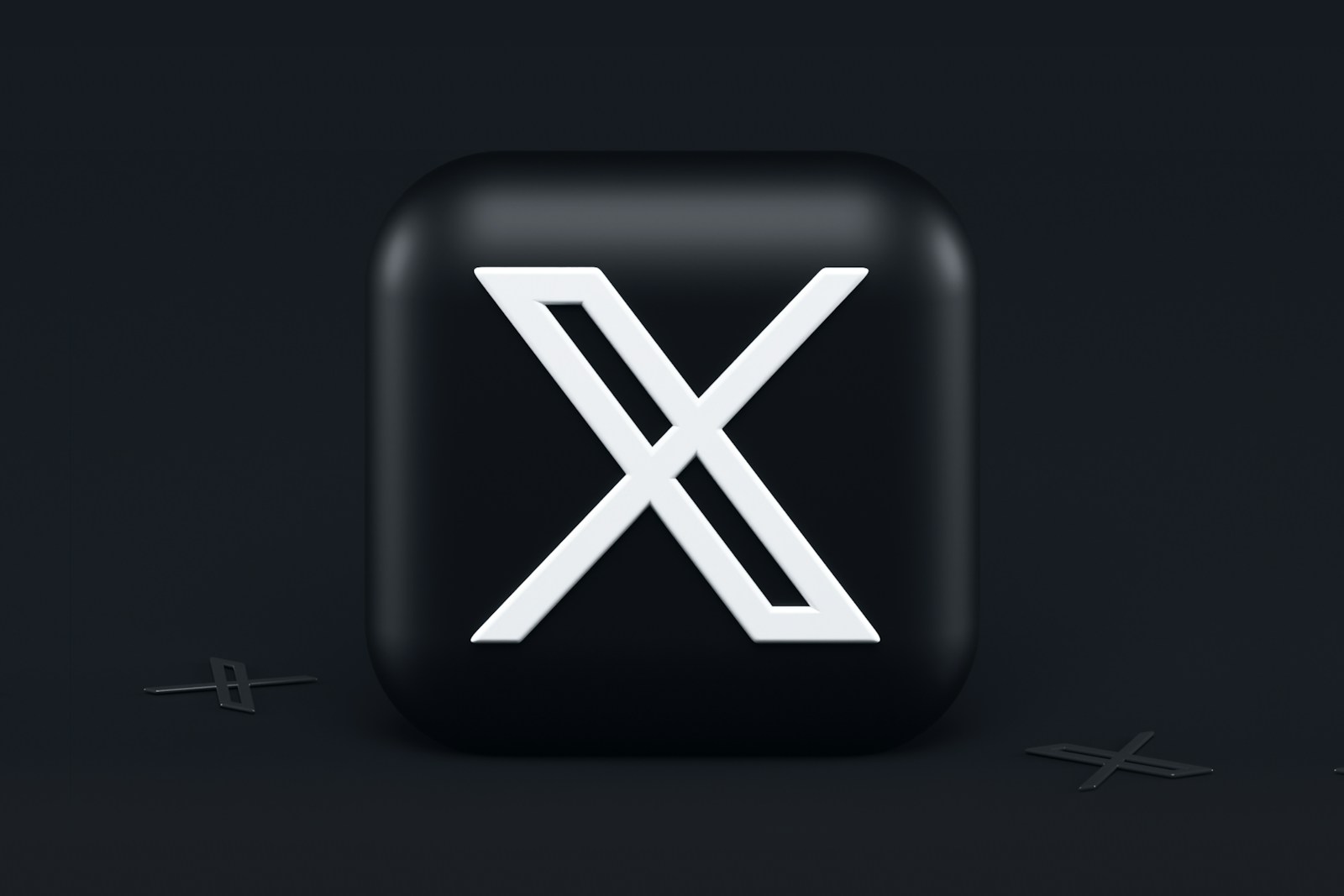
Social media users often manage multiple apps to stay connected across different platforms, creating a fragmented experience. This has led to growing interest in a unified solution: a single app that combines the best features of various social networks. The concept of an all-in-one social media app is appealing yet remains difficult to achieve.
Elon Musk mentioned this idea when he acquired X (formerly Twitter), envisioning a single app that would meet all our social media needs. While tech companies have attempted to develop all-in-one social media apps to streamline posting, scheduling, and analytics across different platforms, these efforts often fail to replicate the unique experiences each individual network offers.
The notion of a dominant social media app faces significant challenges, as user preferences vary widely and each platform has its distinct strengths. Additionally, concerns about privacy and data ownership further complicate attempts to centralize social media activities.
Can X Be the Only App You Need?
Elon Musk owns X, the app that used to be Twitter. He wants to make X the “everything app.” This means you could use X for many things, not just social media. He wants X to be like WeChat, a popular app in China.
What is the “Everything App” Vision?
Musk wants X to have these features:
- Social networking: You can still use X to connect with people. It also has new features like encrypted messages and longer posts.
- Payments: You can send and receive money on X.
- Shopping: You can buy and sell things on X.
- Content creation: You can make and share different kinds of content on X, like audio and video.
- Service integration: You can use X to do things like order food or book a ride.
Is it Possible?
It might be possible for X to become the “everything app.” Here’s why:
- Many people use X: A lot of people already have the X app.
- Musk has money: Musk can pay to make X better.
- Technology is good: You can now put many features in one app.
- Other apps do this: Some apps in other countries, like WeChat, already do this.
Challenges
There are also some challenges:
- Competition: Other apps already do some of these things.
- Rules: There are rules about apps that deal with money.
- People need to use it: People might not want to use one app for everything.
- Privacy: X needs to keep your information safe.
- Focus: It is hard to make an app that does many things well.
What to Expect
X is changing quickly. Here are some things that might happen soon:
- Payment features: You might be able to use X to pay for things.
- More content tools: You might be able to make more kinds of content on X.
- New services: You might be able to use X to do more things, like order food.
| Feature | Benefits | Challenges |
|---|---|---|
| Social Networking | Connect with people, share updates | Competition, content moderation |
| Payments | Easy to send money | Security, user adoption |
| Shopping | Buy and sell things in one app | Competition, trust |
| Content Creation | Make and share different content | Copyright issues |
| Service Integration | Do many things in one app | Partnerships, user experience |
The Future of Social Media
We do not know if X will become the “everything app.” But Musk’s ideas are changing how we think about social media. X could change how we use technology every day.
Key Takeaways
- All-in-one social media apps exist but don’t fully replace individual platforms
- User preferences and platform uniqueness present challenges to a unified solution
- Privacy and data concerns hinder efforts to create a single dominant social app
The Evolution of Social Media
Social media platforms have transformed how people connect and share information online. These digital networks have grown from basic profile pages to complex ecosystems shaping modern communication.
Early Platforms and User Engagement
The first social media sites emerged in the late 1990s and early 2000s. Six Degrees, launched in 1997, allowed users to create profiles and connect with friends. It gained about 1 million users before closing in 2000.
Friendster debuted in 2002, introducing the concept of public profiles and connections. MySpace followed in 2003, becoming hugely popular with its customizable profiles and music focus. LinkedIn also started in 2003, targeting professional networking.
These early platforms laid the groundwork for social media’s core features:
- User profiles
- Friend lists
- Messaging systems
Consolidation and Diversification
Facebook launched in 2004, initially for college students. It expanded rapidly, overtaking competitors to become the dominant social network by 2008. Facebook’s growth marked a shift towards consolidation in the industry.
New platforms emerged to serve specific niches:
- Twitter (2006) – short-form updates
- Instagram (2010) – photo sharing
- Snapchat (2011) – ephemeral messaging
Reddit, founded in 2005, took a different approach. It organized content into topic-based communities called subreddits. This model fostered diverse discussions and niche interests.
Social media apps have continued to evolve. Video-sharing platforms like TikTok gained massive popularity in recent years. Messaging apps integrated social features, blurring lines between communication tools and social networks.
Challenges and Opportunities
Creating a unified social media app faces several hurdles but also offers exciting possibilities. Privacy concerns and cross-network integration are key factors to consider.
Privacy and Security Concerns
User data protection is crucial for a unified social media platform. The app must implement strong security measures like two-factor authentication and encrypted passwords. Regular security audits can help identify vulnerabilities.
VPNs could be offered to users for added privacy. Clear, concise user agreements are essential to build trust. The app should give users control over their data and privacy settings.
Cookies usage must be transparent and minimal. Users should have easy options to delete their data or reset passwords. An authenticator app could provide an extra layer of security for logins.
Cross-Network Integration Potential
A unified app could streamline social media experiences by showing content from multiple platforms. This integration could save users time and reduce app switching.
API partnerships with major social networks are crucial. The app needs to respect each platform’s rules while offering a cohesive interface.
Custom feeds could blend content from different networks based on user preferences. Sharing across platforms could be simplified, increasing engagement.
The UI must be intuitive yet flexible enough to accommodate various content types. Cross-platform messaging could be a major selling point, allowing users to chat with contacts from any network in one place.
Frequently Asked Questions
Social media management presents various challenges and opportunities for users seeking to streamline their online presence. Many tools and platforms aim to simplify the process of handling multiple accounts and aggregating content from different networks.
What platforms are available for managing multiple social media accounts simultaneously?
Several platforms offer multi-account management capabilities. Hootsuite allows users to schedule posts across various networks. Buffer provides similar functionality with a user-friendly interface. Sprout Social offers advanced analytics alongside posting features.
Are there any applications that aggregate content from various social networks into a single feed?
Flipboard curates content from multiple social networks into a magazine-style format. Feedly combines RSS feeds with social media content for a unified reading experience. TweetDeck, while Twitter-focused, can incorporate other social feeds.
What are the challenges associated with creating a unified social media application?
API restrictions pose a significant hurdle. Each platform has unique features that are difficult to replicate in a single app. User privacy concerns arise when consolidating data from multiple sources. Keeping up with constant updates across networks is technically demanding.
How do current social media management tools compare in terms of features and functionality?
Hootsuite excels in team collaboration features. Buffer offers a straightforward scheduling system. Sprout Social provides comprehensive analytics. Later specializes in visual content planning for Instagram. Agorapulse includes CRM-like features for social media interactions.
Have any companies attempted to create a comprehensive social media app, and what were the outcomes?
FriendFeed attempted to aggregate social feeds but was acquired by Facebook and eventually shut down. Google+ aimed to be a comprehensive platform but failed to gain traction. Snapchat’s Snap Map integrates some external content but remains primarily focused on its own ecosystem.
What are the privacy and security considerations for an app that consolidates multiple social networks?
Data protection becomes crucial when handling information from various sources. Secure authentication methods are necessary for each connected account. Users must have clear control over what data is shared and stored. Compliance with different privacy regulations across regions is essential.






